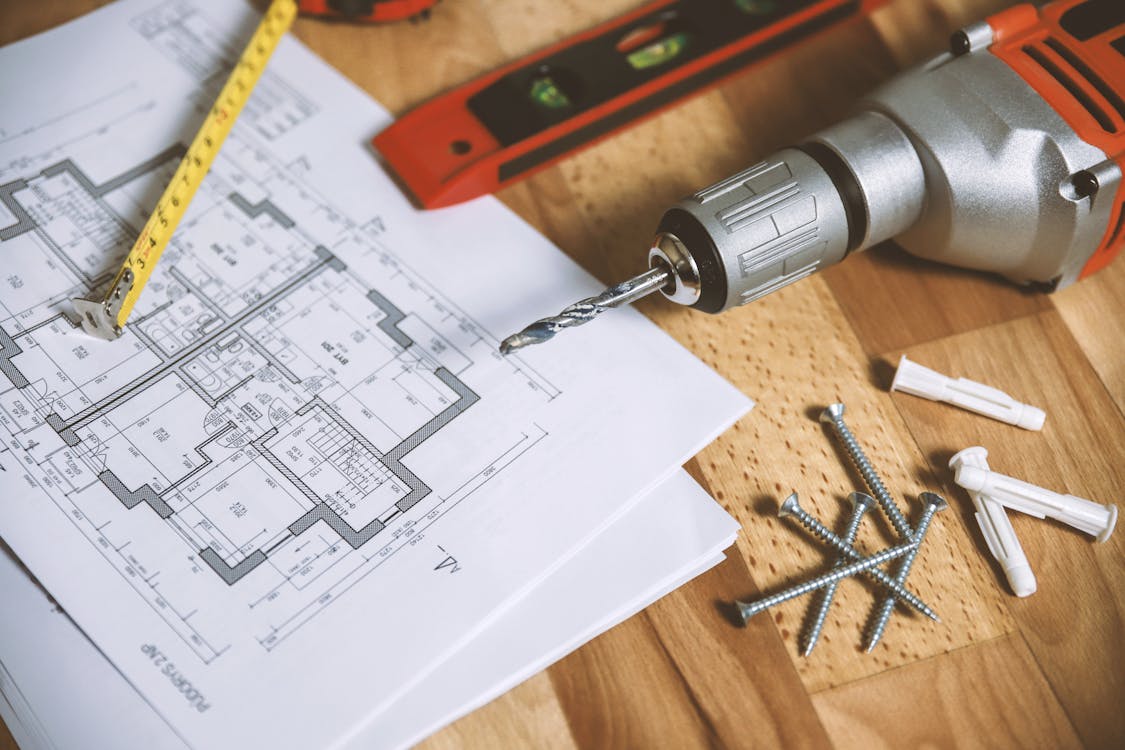
The Ins and Outs of Adjusting Self-Closing Door Hinges
Self-closing door hinges are a vital component of home safety and convenience. They keep doors closed securely, preventing drafts, noise, and intruders from entering your home. These hinges are especially important in commercial buildings with high traffic and fire-rated doors. Properly adjusted self-closing door hinges not only keep you safe but also increase the lifespan of your doors.
Adjusting self-closing door hinges may seem daunting, but with the right tools and techniques, it can be a simple task. In this post, we will guide you through the process of adjusting self-closing door hinges. We will provide tips for fine-tuning the tension and discuss common problems with self-closing door hinges with solutions to fix these issues. We will also cover when it's time to replace your self-closing door hinges and how to select the appropriate replacement hardware.
How to Adjust Self-Closing Door Hinges
Adjusting self-closing door hinges requires a few tools and materials.
- A screwdriver
- A level
- A piece of cardboard or a book
Once you have everything you need, follow these steps to adjust your self-closing door hinges:
Start by checking the hinge pins to make sure they are in good condition. Replace them if they are damaged or corroding. You can avoid the corrosion issue by using brass hinges, satin nickel door hinges, and oil-rubbed bronze door hinges. Next, inspect the spring in the hinge to make sure it isn't worn out. If it is, you'll need to replace the hinge.
To adjust the tension on your self-closing door hinge, locate the tension-adjusting screws. The screws are usually found on the hinge body or the end of the arm. To adjust the tension, turn the screws in the direction indicated on the hinge. Turn clockwise to increase tension, and counterclockwise to decrease it.
Test the door after making adjustments to ensure it closes and latches smoothly. The door should close enough to create a seal but avoid slamming shut. If the door closes too quickly or slams shut, reduce the tension on the hinge. The automatic door close hinges are easy to modify in experienced hands.
Common Problems and Solutions for Self-Closing Door Hinges
Let’s look at the different issues from self-closing door hinges and their simple solutions:
Sagging Door Hinges
One common issue with self-closing door hinges is sagging. When a door sags, the hinges don't align correctly, making it difficult to open and close the door. To fix this issue, remove the door from the hinges, and adjust the hinges to be level. Rehang the door and test its operation.
Door Slams Shut
Decrease the tension on the hinge by turning the tension screw counterclockwise.
Door Won't Close
When a hinge binds, the door doesn't close completely, allowing air and sound to escape. To fix this problem, lubricate the hinges with a silicone-based lubrication spray. If the problem persists, you may need to adjust the tension on the hinge. You can increase the tension on the hinge by turning the tension screw clockwise.
Door Swings Open
Check that the hinge is securely attached to the door frame and adjust the tension screw as needed.
Hinge Squeaks or Creaks
Apply a lubricant, such as WD-40 or oil, to the hinge pin.
When to Replace Self-Closing Door Hinges?
Sometimes, adjusting the tension on self-closing door hinges isn't enough to fix the problem. In such cases, it's best to replace the hinges. Signs that you need to replace your self-closing door hinges include rusting, creaking, squeaking sounds, or difficulty opening/closing the door.
When replacing self-closing door hinges, make sure to choose the right size and design for your door, using the existing holes or drilling new ones if needed. If you're unsure how to select the right hinges, consult a professional. A good door hinges manufacturer would easily provide you with custom door hinges as per your requirements.
Conclusion
Self-closing door hinges are vital to the safety and convenience of your home or commercial space. By adjusting and maintaining them regularly, you can ensure they operate correctly, keeping you and your property safe. Remember to inspect hinges for wear, adjust tension, lubricate them, and replace them when needed.
In summary, always check your self-closing door hinges, and adjust them regularly for the best performance. By following this guide, you'll be able to adjust your self-closing door hinges and diagnose common problems with ease, making your home or commercial space safer and more secure.
Adjusting self-closing door hinges is an important task that can improve the safety and convenience of your home. Remember, if you do need to replace your hinges, make sure to choose a high-quality product from a reputable door hinges supplier like TDC Hinges to ensure optimal performance.



